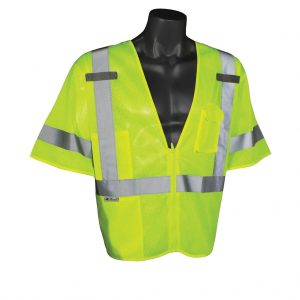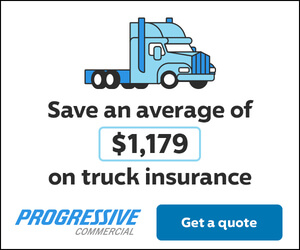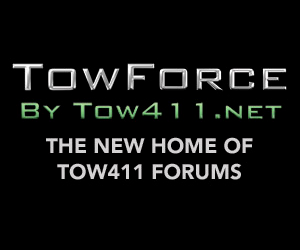By Mark H. Stromme
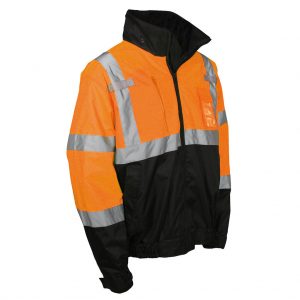
As a tow professional, you and other owners, operators, and employees work year-round outside in the elements. Depending on your location, the outdoor work environment can be brutal, especially in the winter months.
Wearing jackets, coveralls, insulated work boots, gloves, hats and balaclavas are a common means of protection from the cold, wind, rain, and snow. Crawling around over and under vehicles and on the beds of trailers can put this cold weather gear to the test.
Personal protective equipment
The above items are considered personal protective equipment, commonly referred to as “PPE.” PPE is equipment worn to minimize exposure to serious workplace injuries and illnesses. These injuries and illnesses may result from contact with chemical, radiological, physical, electrical, mechanical, or other workplace hazards. Personal protective equipment may also include items such as gloves, safety glasses, protective footwear, earplugs, hard hats, respirators, coveralls, vests, and full body suits.
Ensure proper use of personal protective equipment
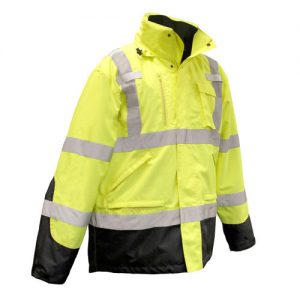
OSHA requires that all personal protective equipment be of safe design and construction, and be maintained in a clean and reliable fashion. It should fit well and be comfortable, which encourages workers to use it. If the PPE does not fit properly, it can make the difference between being safely covered or dangerously exposed.
When engineering, work practice, and administrative controls are not feasible or do not provide sufficient protection, employers must provide PPE to their workers and ensure its proper use.
Training
Employers are also required to train each worker required to use PPE to know:
- When it is necessary
- What kind is needed
- How to properly put it on, adjust, wear and take it off
- The limitations of the equipment
- Proper care, maintenance, useful life, and disposal of the equipment
Body protection
Employees who face possible bodily injury of any kind that cannot be eliminated through engineering, work practice or administrative controls must wear appropriate body protection while performing their jobs. Employees working in the towing profession are often exposed to these hazards:
- Temperature extremes;
- Splashes from hot liquids;
- Potential impacts from tools, machinery and materials; and
- Chemicals.
All employers are required to perform a hazard assessment according to OSHA’s 29 CFR 1910.132(d), “Hazard assessment and equipment selection.”
| CALL OUT BOX
29 CFR 1910.132(d) The employer shall assess the workplace to determine if hazards are present, or are likely to be present, which necessitate the use of personal protective equipment (PPE). If such hazards are present, or likely to be present, the employer shall:
|
If a hazard assessment indicates a need for full body protection against toxic substances or harmful physical agents, the clothing must:
- Be carefully inspected before each use,
- Fit each worker properly, and
- Function properly and for the purpose for which it is intended.
Protective clothing comes in a variety of materials, each effective against particular hazards, such as:

- Paper-like fiber used for disposable suits provides protection against dust and splashes.
- Treated wool and cotton adapts well to changing temperatures, is comfortable and fire-resistant and protects against dust, abrasions, and rough and irritating surfaces.
- Duck is a closely woven cotton fabric that protects against cuts and bruises when handling heavy, sharp, or rough materials.
- Leather is often used to protect against dry heat and flames.
- Rubber, rubberized fabrics, neoprene and plastics protect against certain chemicals and physical hazards. When chemical or physical hazards are present, check with the clothing manufacturer to ensure that the material selected will provide protection against the specific hazard.
High-visibility retroreflective clothing
Visibility hazards can also pose problems for tow operators. When you are exposed to traffic hazards, a best practice would be to follow the 2009 edition of the Manual of Uniform Traffic Control Devices (MUTCD), Chapter 6E, Flagger Control, which states:
For daytime and nighttime activity, flaggers shall wear high-visibility safety apparel that meets the Performance Class 2 or 3 requirements of the ANSI/ISEA 107-2004 publication entitled American National Standard for High-Visibility Apparel and Headwear and labeled as meeting the ANSI 107-2004 standard performance for Class 2 or 3 risk exposures.
The apparel background (outer) material color shall be fluorescent orange-red, fluorescent yellow-green, or a combination of the two as defined in the ANSI standard. The retroreflective material shall be orange, yellow, white, silver, yellow-green, or a fluorescent version of these colors, and shall be visible at a minimum distance of 1,000 feet. The retroreflective safety apparel shall be designed to clearly identify the wearer as a person.
Providing Class 2 or 3 safety vests to all employees required to work in or around a roadway is an important step in protecting them.
Payment for protective equipment
The employer is required to pay for certain types of personal protective equipment. However, the employer is not required to pay for non-specialty safety-toe protective footwear (including steel-toe shoes or steel-toe boots) and non-specialty prescription safety eyewear, provided that the employer permits such items to be worn off the job.
When the employer provides metatarsal guards and allows the employee, at his or her request, to use shoes or boots with built-in metatarsal protection, the employer is not required to reimburse the employee for the shoes or boots.
The employer is not required to pay for:
- Everyday clothing, such as long-sleeve shirts, long pants, street shoes, and normal work boots; or
- Ordinary clothing, skin creams, or other items, used solely for protection from weather, such as winter coats, jackets, gloves, parkas, rubber boots, hats, raincoats, ordinary sunglasses, and sunscreen.
The above indicates that you do not have to pay for heavy outerwear such as cold-weather jackets. However, since your employees may be working on or near roadways, they may be exposed to struck-by accidents. If this is the case, your hazard assessment would have indicated that and you would have to provide some type of appropriate high-visibility safety apparel.
Personal protective equipment/clothing checklist
Use the following checklist to help determine if you are in compliance with OSHA’s requirements:
- Have you determined whether hazards that require the use of PPE (e.g., head, eye, face, hand, or foot protection) are present or are likely to be present?
- If hazards or the likelihood of hazards are found, have you selected appropriate and properly fitted PPE suitable for protection from these hazards and do you ensure that affected employees use it?
- Have employees been trained on PPE procedures, i.e., what PPE is necessary for job tasks, when workers need it, and how to properly wear and adjust it?
- Are protective goggles or face shields provided and worn where there is any danger of flying particles or corrosive materials?
- Are approved safety glasses required to be worn at all times in areas where there is a risk of eye injuries such as punctures, abrasions, contusions, or burns?
- Are employees who wear corrective lenses (glasses or contacts) in workplaces with harmful exposures required to wear only approved safety glasses, protective goggles, or use other medically approved precautionary procedures?
- Are protective gloves, aprons, shields, or other means provided and required where employees could be cut or where there is reasonably anticipated exposure to blood or other potentially infectious materials? See the OSHA Bloodborne Pathogens standard, 29 CFR 1910.1030(b), for the definition of “other potentially infectious materials.”
- Are hard hats required, provided, and worn where the danger of falling objects exists?
- Are hard hats periodically inspected for damage to the shell and suspension system?
- Is appropriate foot protection required where there is the risk of foot injuries from hot, corrosive, or poisonous substances, falling objects, crushing, or penetrating actions?
- Are approved respirators provided when needed?
- Is all PPE maintained in a sanitary condition and ready for use?
- Are foods or beverages consumed only in areas where there is no exposure to toxic material, blood, or other potentially infectious materials?
- Is protection against the effects of occupational noise provided when sound levels exceed those of the OSHA noise standard?
- Are adequate work procedures, PPE, and other equipment provided and used when cleaning up spilled hazardous materials?
- Are appropriate procedures in place to dispose of or decontaminate PPE contaminated with, or reasonably anticipated to be contaminated with, blood or other potentially infectious materials?
Final thought
Tow professionals are responsible for protecting their workers from hazards, and when necessary, provide the proper PPE that employees need to stay safe.
Mark H. Stromme
Workplace Safety Editor with J.J. Keller & Associates, Inc.
3003 Breezewood Ln,
Neenah, WI 54957
(920) 722-2848
Email: mstromme@jjkeller.com
www.jjkeller.com

